言恭达,生于戊子年,江苏常熟人也。为清华大学教授,博士生之师,国家一级美术师。师承名书画家沙曼翁、宋文治二先生,精研众书体,篆刻之技尤妙,兼擅绘事,艺臻化境。
Yan Gongda, born in the year of Wuzi, hails from Changshu, Jiangsu. He is a professor at Tsinghua University, a doctoral advisor, a national first-class artist, and enjoys a special allowance from the State Council. He was mentored by the renowned calligraphers and painters Sha Manweng and Song Wenzhi. Yan excels in various calligraphic scripts, particularly skilled in seal carving, and is also adept in painting, achieving artistic excellence.

言恭达
言恭达审美理想,乃在“清逸、浑朴、蕴藉、平和、古雅”,所创之作,风貌独具。先生师古不泥,于篆隶大草,皆成卓绝之功,展深厚之传统,显独特之风姿。
其篆书,不拘甲骨、金文、小篆,皆自成一格,屡有新意。刀刻、石凿、浇铸之美,融于笔墨,既存远古“事神”之秘,又显中国写意之神。深邃生动,臻于极致。
其隶书,承篆籀之笔,取汉隶之体,精密尽美。宽博宏大,古朴厚重,金石之气溢然。每笔每画,古今交融,尽显修养与见解。
其大草,尤为独绝。篆籀之法,运于大草,逾越元明清,直追唐宋。涩笔、渴墨、涨墨、宿墨,长锋羊毫、生宣纸,线条丰富,气息纯正,高古高逸。其书纵横奇恣,张弛有度,仪态万方,骨力充盈,大气豪迈。
Yan Gongda's aesthetic ideal lies in "clarity and elegance, simplicity and honesty, subtlety and harmony, tranquility and antiquity." His creations are uniquely styled. Master Yan follows the ancients but is not confined by them; in seal script, clerical script, and cursive script, he has achieved remarkable accomplishments, showcasing deep traditional roots and a distinctive style.
His seal script, whether oracle bone, bronze inscriptions, or small seal script, is unique and innovative. He integrates the beauty of carving, chiseling, and casting into his brushwork, preserving the ancient mystery of "serving the gods" while expressing the free spirit of Chinese art. His work is profound and vivid, reaching the highest artistic levels.
His clerical script inherits the brush techniques of seal script and adopts the structure of Han dynasty clerical script, achieving precision and beauty. It is broad and grand, ancient and weighty, filled with the spirit of metal and stone. Each stroke and line melds ancient and modern, showcasing his deep artistic cultivation and unique insights.
His cursive script is particularly exceptional. He applies seal script techniques to cursive script, bypassing the styles of the Yuan, Ming, and Qing dynasties, directly connecting with the Tang and Song dynasties. Using dry and hesitant strokes, rich and varied ink techniques, long-bristle brushes, and raw rice paper, his lines are rich and modern. His works exude purity and antiquity, with an elegant and lofty style. They are bold and unrestrained, with a harmonious balance, full of vigor and grandeur.
言恭达先生尝言:“书法者,文化也,必归于心灵,书家当以文化而生。”今之书坛,书家多乏深厚文化之支撑,及对人生之深悟。先生早已洞悉此理,以自作诗感生活之妙,感时世之恩,察民生之情,创书家‘时代抒怀’之新章。其言:“文以载道,技进乎道。”自觉文化,至于文化自觉,深探书法艺术之本质与真谛。
Mr. Yan Gongda once said, "Calligraphy is culture; it must return to the soul, and calligraphers must live culturally." In today's calligraphy world, many calligraphers lack deep cultural support and profound insights into life. Mr. Yan has long perceived this issue. He expresses his feelings about life, gratitude for the times, and understanding of the people's livelihood through his poetry, creating a new chapter in the calligrapher's 'Era of Expression.' He emphasizes that "writing conveys the Dao, and technique advances to the Dao." From cultural awareness to cultural self-awareness, he deeply explores the essence and true meaning of calligraphic art.


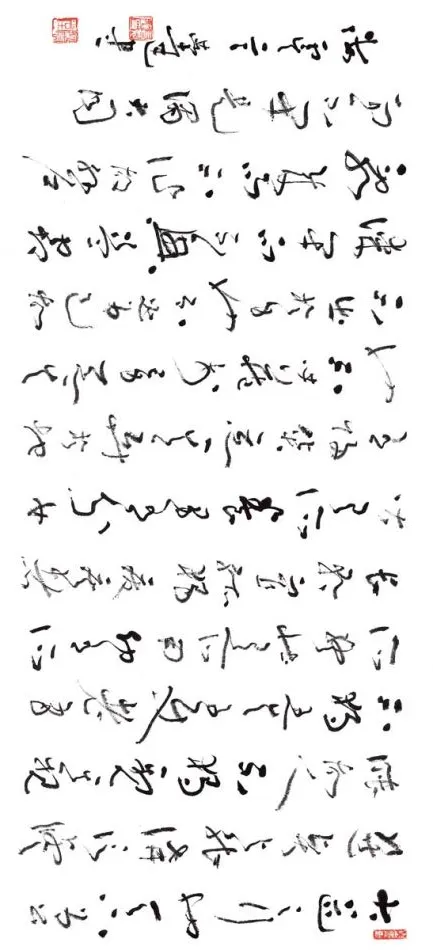
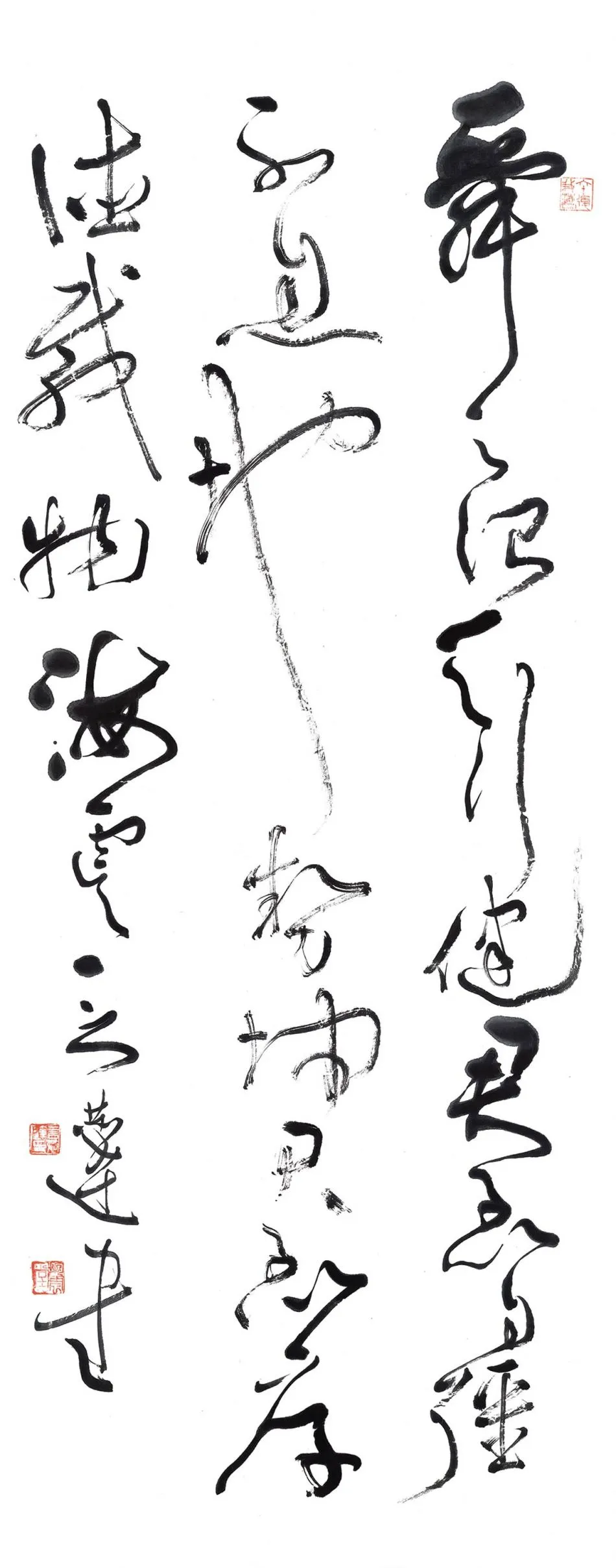









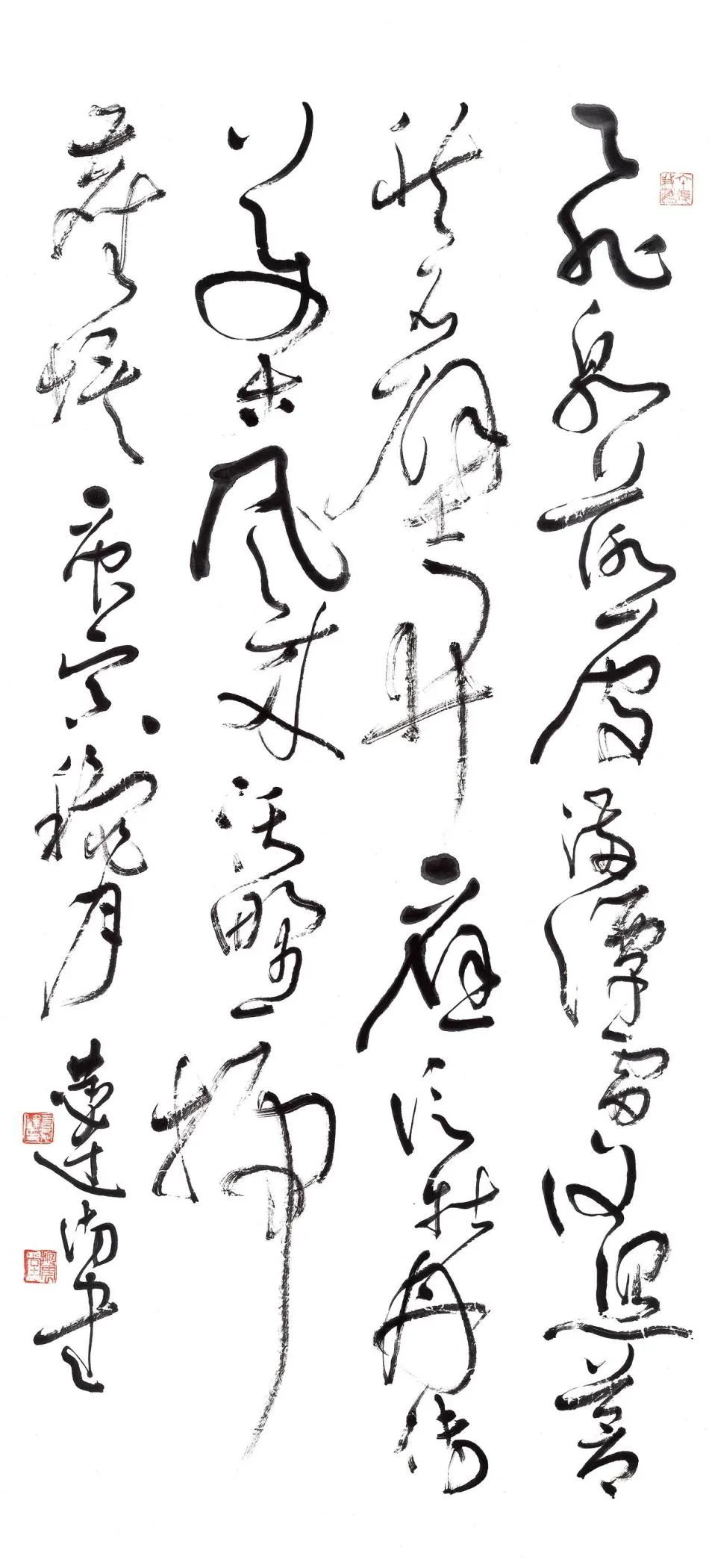

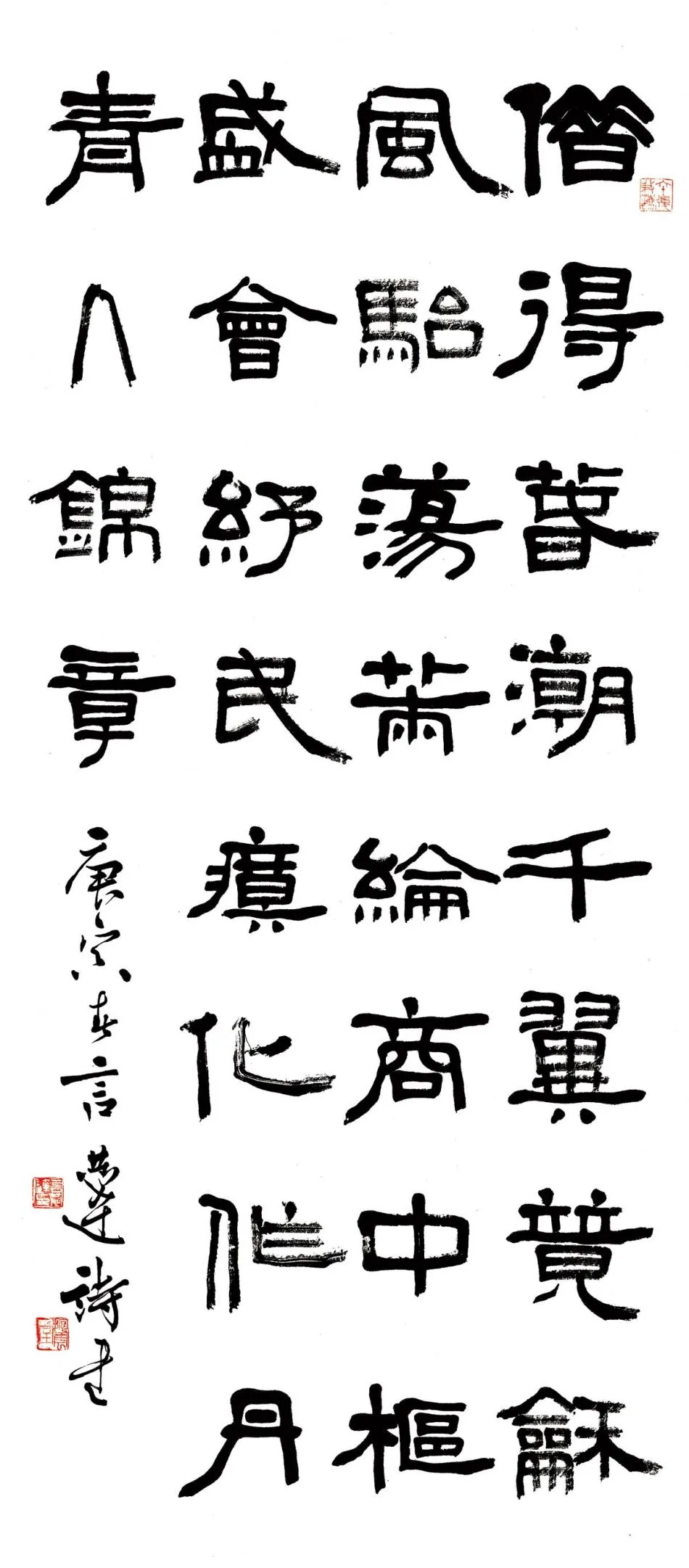


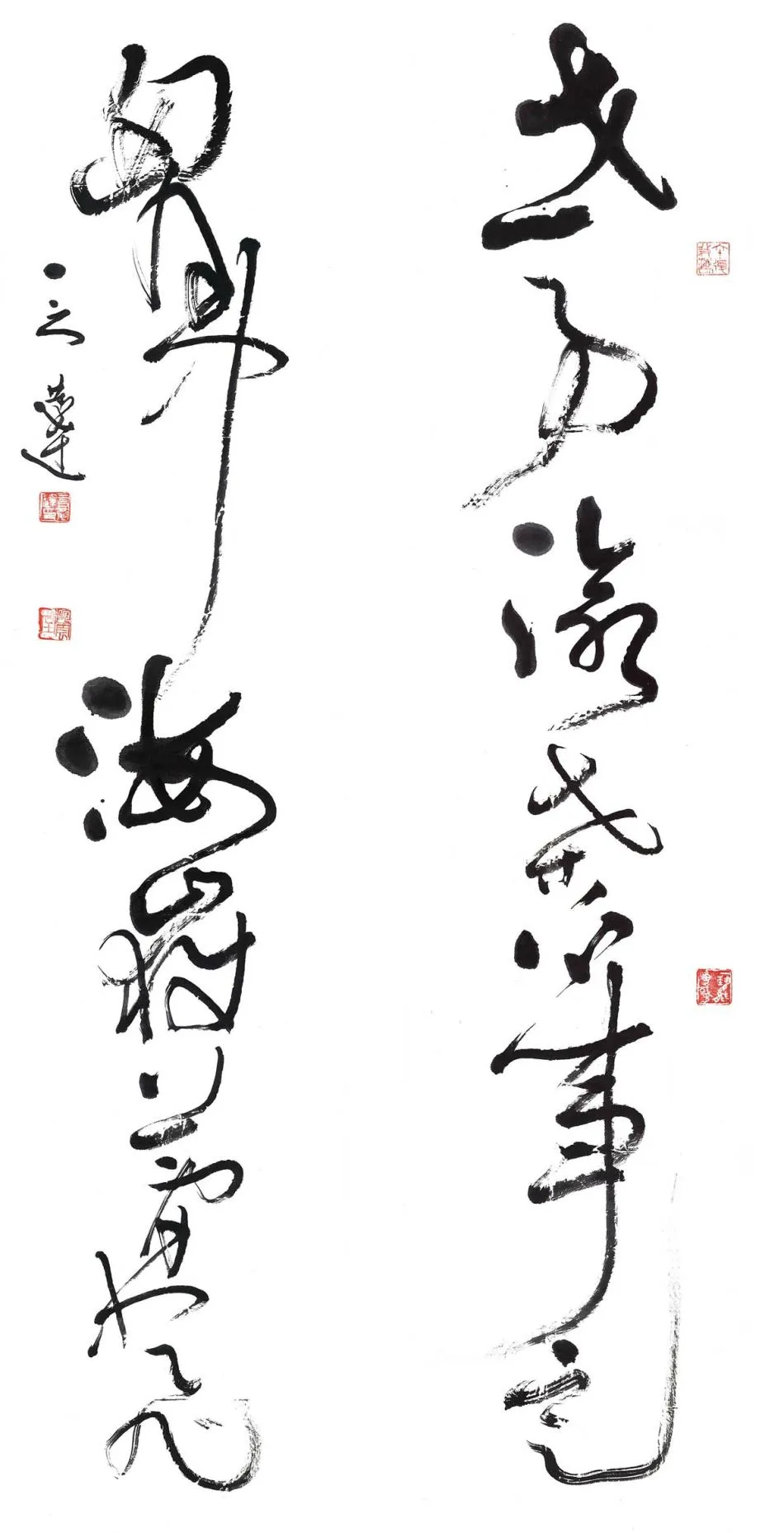
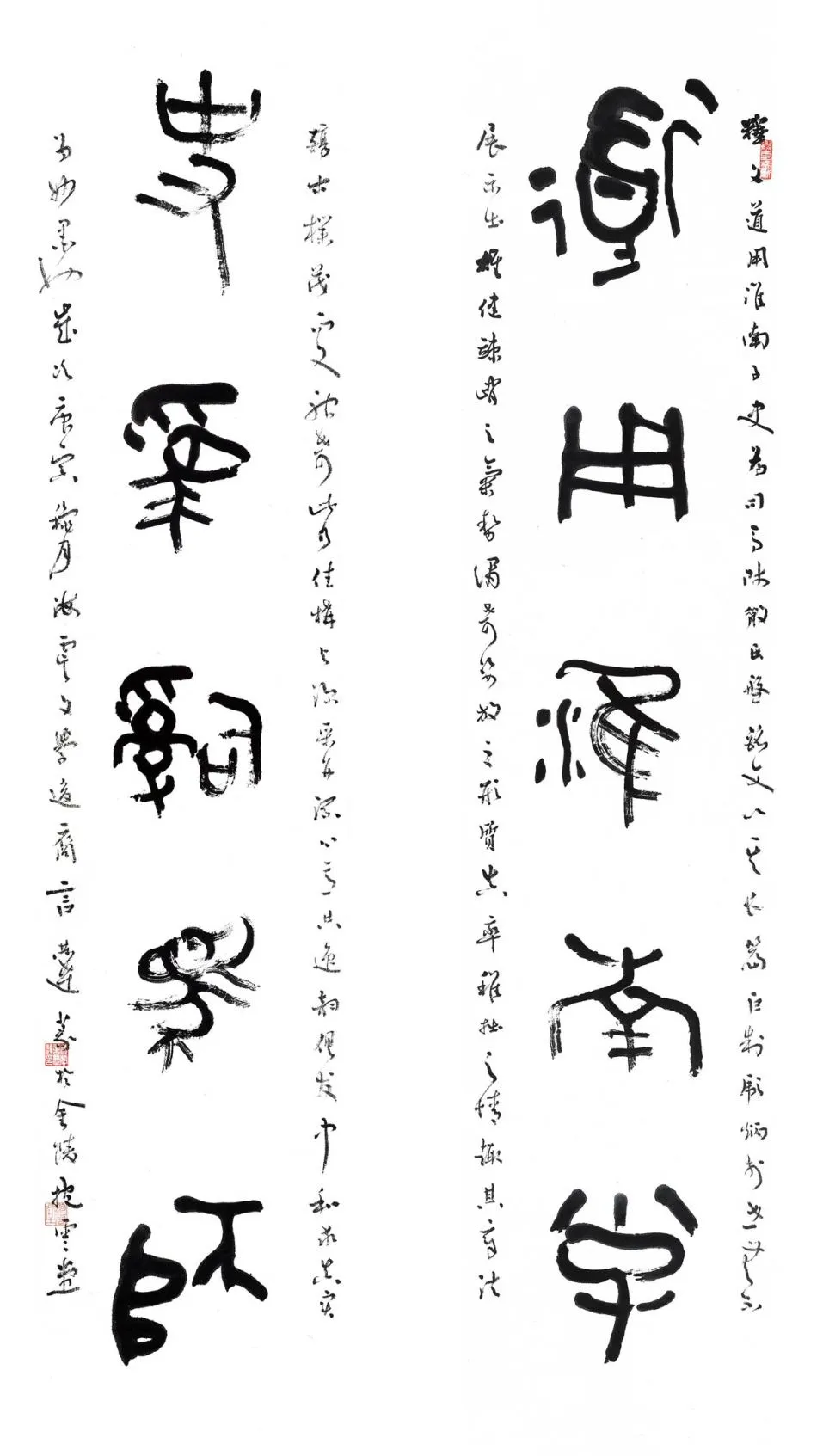
言恭达先生于《借得梅花一缕魂——我的学书之路》文中,阐述其书法美学之追求,曰“清、拙、厚、大”。此四字,非唯书艺之诠释,亦乃人生哲思之践行。言先生以此四字贯穿其艺,展现中华书道之深邃宏远。
清者,骨清气高,逸笔清逸也。言先生之“清”,乃超然世俗,求雅逸之境。引老子“道之出口,淡乎其无味”以明其旨,谓“清”者,去浊除俗,追清雅、清远、清虚、清厚、清劲、清蔚、清畅,皆书道之至高境界。书法之“清”,非独形之洁净,更在神之高远。先生以为,书宜朴实无华,大巧若拙,书写宜淡雅自然。正如其言:“书宜朴不宜巧,然须大巧之朴;书宜淡不宜浓,然须浓后之淡。”此乃先生对清逸之美之执著也。
拙者,守拙为诚,大巧若拙也。言先生之“拙”,淳朴自然,真诚为本,不以巧饰取悦世俗,而求本真朴素之美。老子之“大巧若拙”,为其为人、为艺之准则。先生谓真艺当求自然天成,返璞归真。《书学散步》中,先生言书家当历“生—熟—生”三境,至纯熟返自然生拙之态,达气韵生动之境。拙之美学,非独外在之朴,更在内在之真。
厚者,沉雄厚重,真力弥满也。言先生之“厚”,沉雄厚重,真力充盈。其批今书坛之浮躁浅薄,谓真书艺当求“沉雄,去浮滑,强骨格,真力弥满”。书艺需深厚之文化底蕴与雄浑之气势,此乃先生对厚重之美之体悟也。言先生研习传统经典,积累深厚功力。其创作中,先生善用中锋,以草入篆,渴笔涩势,线条丰富,表现力强,既有碑学之雄强泼辣,亦兼帖学之精妙雅逸,显真力弥满,万象在旁之美境。
大者,大格局,大气象,大精神也。言先生之“大”,宏伟精神之追求也。先生谓书艺至高境界在“至刚、至中、至正之大家气,品位高古”。此“大”非独形式之宏大,更精神之博大高远。言先生于《诗经·大雅·绵》之作,尽显“大”之追求。此作宽近两米,长七米有余,雍容大雅,气势恢宏。先生以深厚学识与高超技艺,将《诗经》之文化内涵与精神气质淋漓尽致地表现。其言:“思想决定胸襟,技法呈现格局。”此大格局、大气象、大精神,正先生书法美学思想之核心也。
言恭达先生之书法美学,涵“清、拙、厚、大”,传承千年书道之精髓,展现时代之风采,成书坛一代宗师矣。
In his essay "Borrowing the Spirit of Plum Blossoms - My Path in Calligraphy," Mr. Yan Gongda expounds his pursuit of calligraphic aesthetics, summarized in the four characters: "qing, zhuo, hou, da" (清、拙、厚、大). These characters not only interpret his art of calligraphy but also reflect his profound philosophical thoughts and practices in life. Mr. Yan integrates these principles into his art, showcasing the depth and grandeur of Chinese calligraphy.
Qing (清) signifies purity of spirit and high elegance, manifesting in the graceful strokes of the brush. Mr. Yan's concept of "qing" transcends the mundane, aspiring for elegance. He references Laozi's saying, "The Dao that can be spoken of is not the eternal Dao," to elucidate this purity, emphasizing the removal of vulgarity and the pursuit of refined simplicity. Qing encompasses clear elegance, remote clarity, ethereal purity, and vigorous elegance, which are the highest realms of calligraphic art. In calligraphy, qing is not just about clean execution but also about a pure and lofty spirit. Mr. Yan believes that calligraphy should be simple and unadorned, as exemplified by his saying, "Calligraphy should be simple, not clever; it should be elegant, not gaudy." This reflects his unwavering pursuit of the beauty of qing.
Zhuo (拙) means retaining simplicity and sincerity, embodying the principle of "great skill appearing clumsy." In Mr. Yan's artistic pursuit, zhuo represents a natural and honest aesthetic. He believes that zhuo stands for sincerity and nature, eschewing ornate embellishments to please the common taste, instead striving for genuine and unpretentious beauty. Laozi's concept of "great skill appearing clumsy" serves as his guiding principle for both life and art. Mr. Yan asserts that true artistic creation should pursue natural perfection, reaching a state of "returning to simplicity." In "Calligraphy Walks," he mentions that calligraphers must go through three stages of "raw, mature, and raw again," achieving "vivid spirit" after returning to the simplicity of maturity. Zhuo's aesthetic not only manifests in the form of simplicity but also in the inner truth.
Hou (厚) signifies depth and solidity, imbued with profound force. Mr. Yan's concept of "hou" emphasizes a weighty and substantial strength. He criticizes the current calligraphic scene for its superficiality and frivolity, advocating for an art that pursues "solidity, avoiding superficiality; strength in the structure, full of genuine force." Calligraphy must have deep cultural underpinnings and robust momentum. Mr. Yan's extensive study and repeated practice ofical traditions have enabled him to accumulate profound skills. In his creations, he emphasizes the use of the center stroke, incorporating cursive into seal script, and utilizing techniques like dry and hesitant strokes to create lines with rich expression and modern sensibility. His works combine the vigorous strength of steles with the refined elegance of model calligraphy, achieving an aesthetic realm of "full of genuine force, with myriad phenomena beside."
Da (大) signifies grand structure, imposing manner, and profound spirit. Mr. Yan's concept of "da" is a pursuit of majestic spirit. He believes the highest realm of calligraphy is in "utmost rigidity, utmost neutrality, utmost rectitude of great spirit, with high and ancient taste." This "da" is not only about grand form but also about vast and lofty spirit. In his creation of "The Great Elegance of the Book of Songs," Mr. Yan fully demonstrates his pursuit of "da." This work, nearly two meters wide and over seven meters long, exudes dignified elegance and grandeur. With profound scholarship and superb calligraphic skill, he vividly expresses the cultural connotation and spiritual essence of the "Book of Songs." As he says, "Thought determines breadth of mind, technique presents structure." This grand structure, imposing manner, and profound spirit are the core of his calligraphic aesthetics.
Mr. Yan Gongda's calligraphic aesthetics, encapsulated in "qing, zhuo, hou, da," inherit the essence of millennia of calligraphic tradition while showcasing the contemporary spirit, making him a master of the age in the world of calligraphy.
当此时代,言恭达之书法如清流涤心,净化吾人之心灵,提升吾辈之审美。其以笔墨传递深厚文化底蕴与人文精神,启迪吾人对生活之思考及艺术之追求。其书法,不仅为艺术瑰宝,更乃文化之象征,时代之精神灯塔也。
In this era, Yan Gongda's calligraphy flows like a clear stream, purifying our minds and enhancing our aesthetics. He conveys profound cultural heritage and humanistic spirit through his brush and ink, inspiring our thoughts on life and pursuit of art. His calligraphy is not only a treasure of art but also a symbol of culture, a spiritual beacon of the times.
责任编辑:苗君